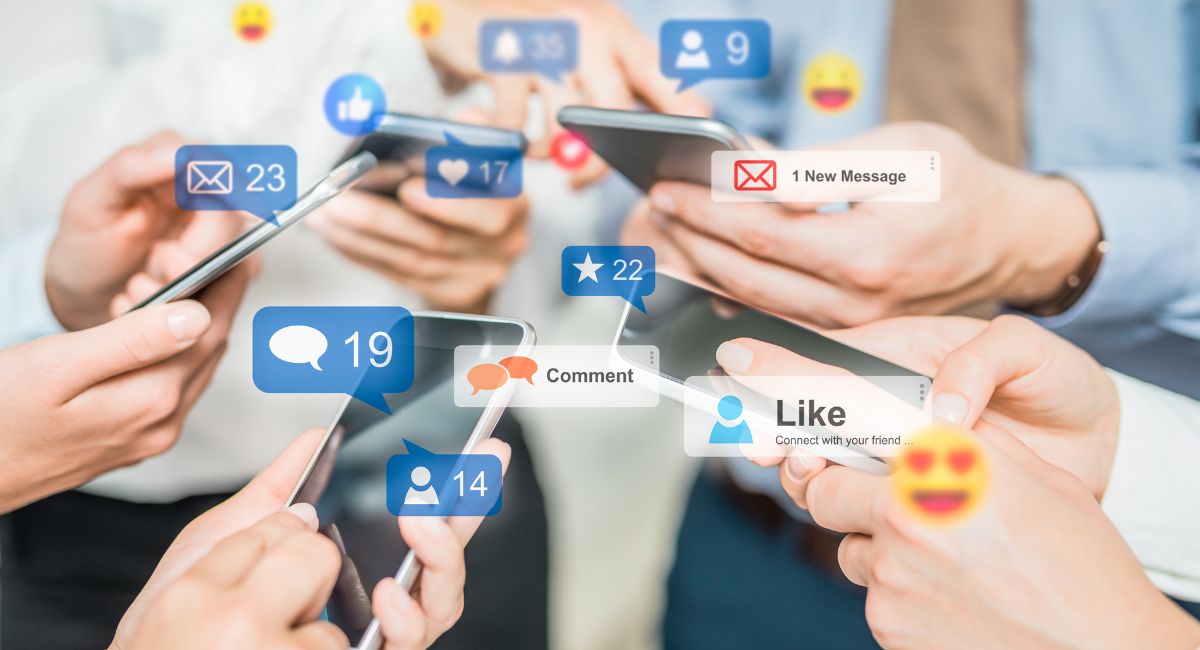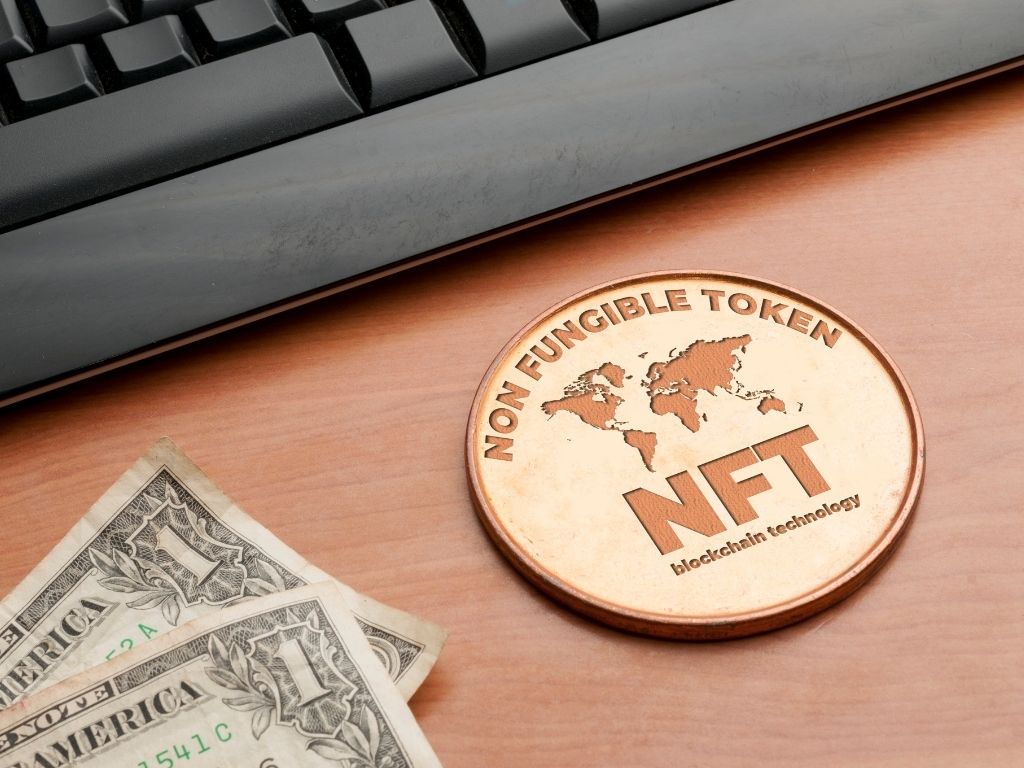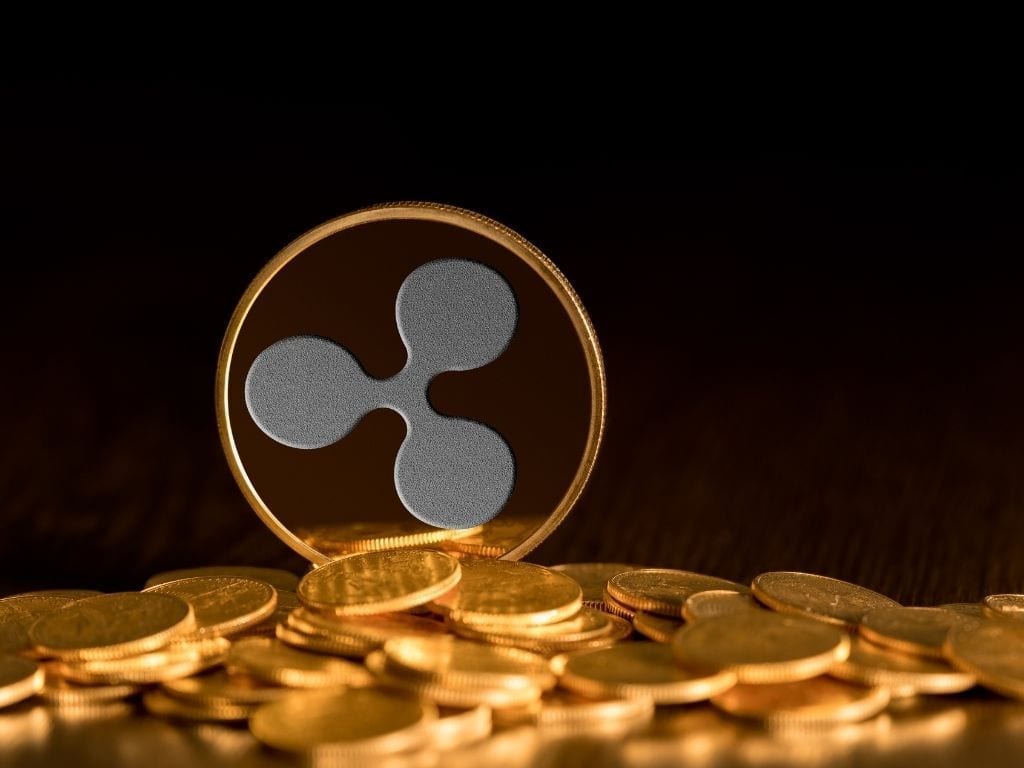The Social Impacts Of NFTs: Exploring The Rise Of Non-Fungible Tokens
Non-Fungible Tokens (NFTs) have emerged as a groundbreaking innovation within the digital realm, revolutionizing the way we buy, sell, and perceive digital assets. NFTs have garnered significant attention and investment, sparking discussions about their social impacts. In this article, we will delve into the social impacts of NFTs, exploring both the potential benefits and concerns associated with this technology.
Understanding NFTs: NFTs are unique digital assets that utilize blockchain technology to establish verifiable ownership and provenance. Unlike cryptocurrencies such as Bitcoin or Ethereum, which are fungible and interchangeable, NFTs represent one-of-a-kind items, such as artwork, music, collectibles, and virtual real estate.
Positive Social Impacts of NFTs:
- Empowering Creators: NFTs offer artists, musicians, and creators new opportunities to monetize their work directly, without relying on intermediaries. By tokenizing their creations, artists can sell digital artwork, music, or other forms of digital content, retaining greater control over their intellectual property rights and receiving direct royalties from subsequent sales.
- Enhanced Transparency and Authenticity: Blockchain technology provides a transparent and immutable ledger, allowing for the traceability and verification of ownership. NFTs can potentially reduce fraud and plagiarism by providing a secure and tamper-proof system for verifying the authenticity and provenance of digital assets.
- Expanding Access to Digital Art and Culture: NFTs enable the democratization of art and culture by facilitating broader access to digital creations. Digital art can be easily shared, exhibited, and appreciated globally, breaking down traditional barriers of geography and physical space. NFTs also allow creators to monetize their work in new ways, potentially supporting emerging artists and fostering cultural diversity.
- Tokenization of Real-World Assets: NFTs have the potential to transform the way we perceive and trade real-world assets. Tokenizing physical assets, such as real estate or collectibles, can facilitate fractional ownership, liquidity, and transparent transactions, potentially opening up investment opportunities to a wider range of individuals.
Public #Networks & Public Goods: The Positive #Social Impacts of #Crypto @eToroUS @gooddollarorg @alliancedao @mtcoppel
@mikedotwaves @EFF @CES #CES2023 #Blockchain #Bitcoin #NFTs pic.twitter.com/wLg8Yoh169— Dan Spuller (@DanSpuller) January 3, 2023
Concerns and Challenges:
- Environmental Impact: The use of blockchain technology, particularly in proof-of-work systems, has raised concerns about its significant energy consumption. Critics argue that the carbon footprint associated with minting and trading NFTs could have negative environmental consequences, requiring the industry to explore more sustainable solutions.
- Market Volatility and Speculation: The rapid rise of NFTs has led to market volatility and speculation, with some assets experiencing inflated prices that may not reflect their underlying value. This volatility raises concerns about potential financial risks and the sustainability of the NFT market in the long term.
- Exclusivity and Inequality: While NFTs can democratize access to digital art, there are concerns about the potential for wealth concentration and inequality. The high costs associated with acquiring NFTs may exclude certain individuals or communities from participating fully, leading to a digital divide in the ownership of unique digital assets.
- Intellectual Property and Copyright Challenges: The ease of creating and distributing digital assets through NFTs has raised questions about intellectual property rights and copyright infringement. The decentralized nature of blockchain complicates the enforcement of copyright laws and may require new frameworks to address these challenges effectively.
Also, read – Can You Answer These 9 Basic Questions About Non-Fungible Tokens (NFTs)?
NFTs as a way to build community
Another social impact of NFTs is NFTs can be used to build communities by providing a way for people to connect with each other around shared interests. NFT holders can form groups, chat, and collaborate on projects. This can help to create a sense of belonging and support.
- NFTs can provide a way for people to connect with each other around shared interests. For example, NFTs can be used to represent ownership of digital art, music, or collectibles. This can create a sense of community among people who are interested in the same things.
- NFTs can be used to form groups and chat. Many NFT projects have Discord servers or other online communities where holders can connect with each other. This can help to foster a sense of belonging and support.
- NFTs can be used to collaborate on projects. NFT projects often involve some kind of collaboration between holders. For example, holders of a particular NFT may be able to vote on how the project is developed, or they may be able to contribute to the creation of new content. This can help to create a sense of shared ownership and purpose.
Overall, NFTs can be a powerful tool for building communities. By providing a way for people to connect with each other around shared interests, NFTs can help to create a sense of belonging and support. This can be especially beneficial for people who feel like they don’t fit in anywhere else.
Here are some examples of how NFTs are being used to build communities:
- The Bored Ape Yacht Club is a collection of 10,000 unique NFTs that represent cartoon apes. The project has quickly become one of the most popular NFT projects in the world, with holders forming a strong community around the project.
- CryptoPunks is another popular NFT project that features 10,000 unique pixelated characters. The project has been around since 2017, and it has developed a loyal following of collectors.
- Axie Infinity is a blockchain-based game that allows players to earn cryptocurrency by breeding, battling, and trading digital pets. The game has a large and active community of players, many of whom are from developing countries.
These are just a few examples of how NFTs are being used to build communities. As technology continues to develop, it is likely that we will see even more innovative and exciting ways to use NFTs to bring people together.
Conclusion
NFTs have the potential to reshape the digital landscape, offering new avenues for creators, investors, and art enthusiasts. While they bring positive social impacts by empowering creators, enhancing transparency, and expanding access to digital art and culture, NFTs also raise concerns about environmental impact, market volatility, inequality, and copyright challenges. As the NFT ecosystem continues to evolve, it is essential to address these concerns collaboratively, striking a balance between innovation, inclusivity, and responsible use of this transformative technology.
Stay informed with daily updates from Blockchain Magazine on Google News. Click here to follow us and mark as favorite: [Blockchain Magazine on Google News].
Get Blockchain Insights In Inbox
Stay ahead of the curve with expert analysis and market updates.
latest from tech
Disclaimer: Any post shared by a third-party agency are sponsored and Blockchain Magazine has no views on any such posts. The views and opinions expressed in this post are those of the clients and do not necessarily reflect the official policy or position of Blockchain Magazine. The information provided in this post is for informational purposes only and should not be considered as financial, investment, or professional advice. Blockchain Magazine does not endorse or promote any specific products, services, or companies mentioned in this posts. Readers are encouraged to conduct their own research and consult with a qualified professional before making any financial decisions. The featured image used is just a creative depiction of the title and it does not intend to hurt sentiments of any person or institution. If it hurts anyone sentiments, please do not hesitate to reach out to Blockchain Magazine.

 Bitcoin
Bitcoin  Ethereum
Ethereum  XRP
XRP  Tether
Tether  Solana
Solana  Dogecoin
Dogecoin  USDC
USDC  Cardano
Cardano  Lido Staked Ether
Lido Staked Ether  TRON
TRON  Chainlink
Chainlink  Avalanche
Avalanche  Wrapped stETH
Wrapped stETH  Stellar
Stellar  Wrapped Bitcoin
Wrapped Bitcoin  Sui
Sui  Hedera
Hedera  Toncoin
Toncoin  Shiba Inu
Shiba Inu  WETH
WETH  Polkadot
Polkadot  Parkcoin
Parkcoin  LEO Token
LEO Token  Litecoin
Litecoin  Bitcoin Cash
Bitcoin Cash  Bitget Token
Bitget Token  Uniswap
Uniswap  Official Trump
Official Trump  Hyperliquid
Hyperliquid  Wrapped eETH
Wrapped eETH  Pepe
Pepe  USDS
USDS  NEAR Protocol
NEAR Protocol  Ethena USDe
Ethena USDe  Aave
Aave  Aptos
Aptos  Internet Computer
Internet Computer  Ondo
Ondo  Ethereum Classic
Ethereum Classic  Monero
Monero  POL (ex-MATIC)
POL (ex-MATIC)  OKB
OKB  Cronos
Cronos  Mantle
Mantle  Dai
Dai  Algorand
Algorand  MANTRA
MANTRA  Render
Render 




